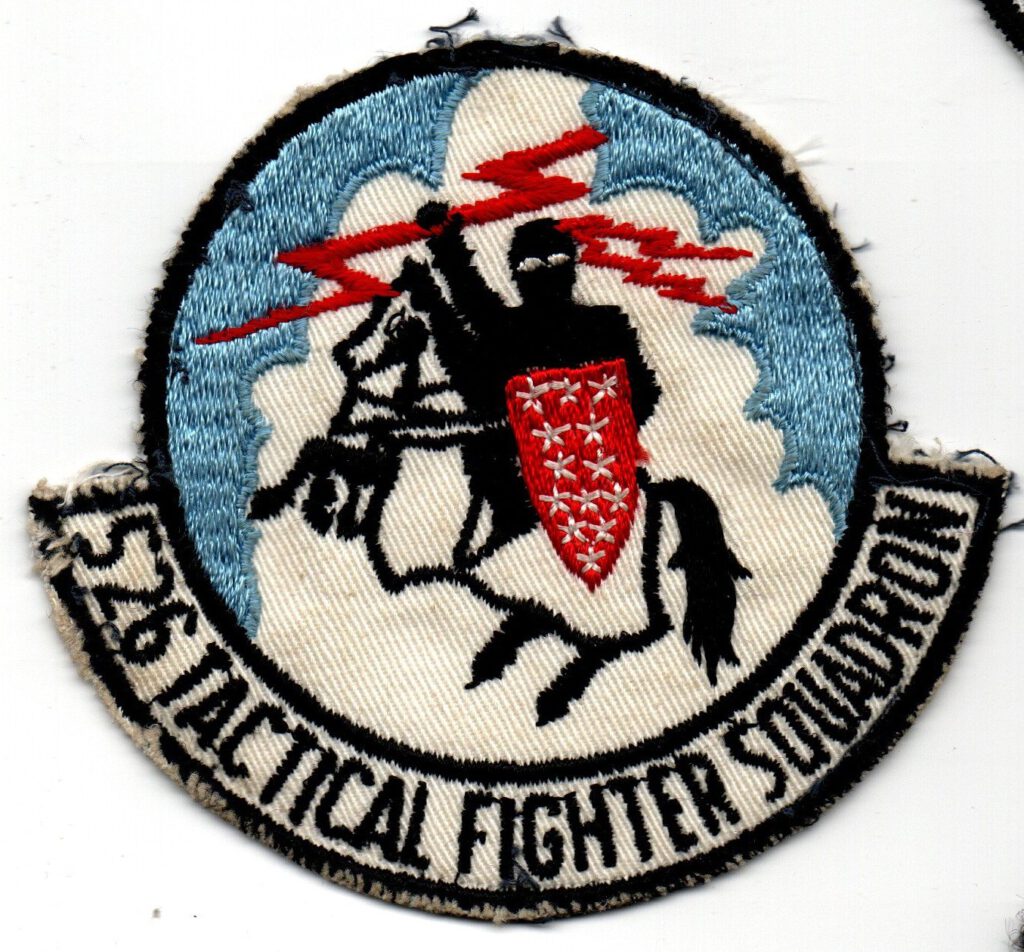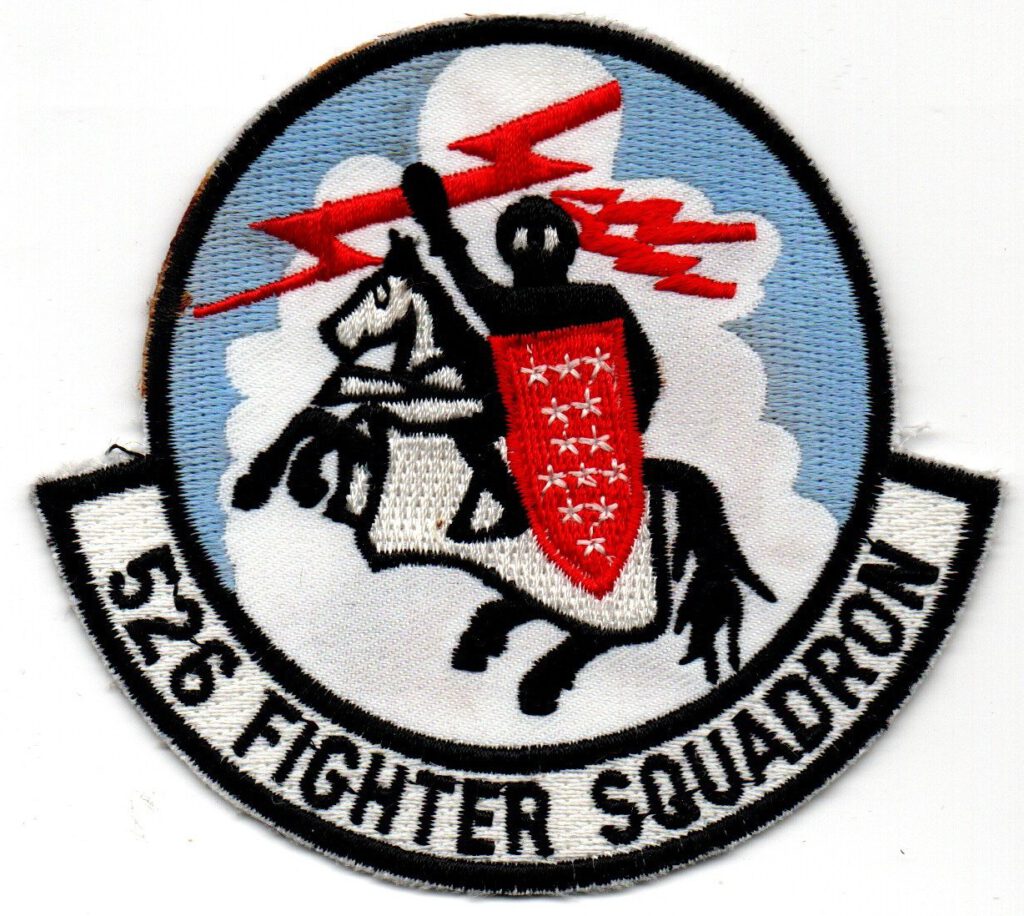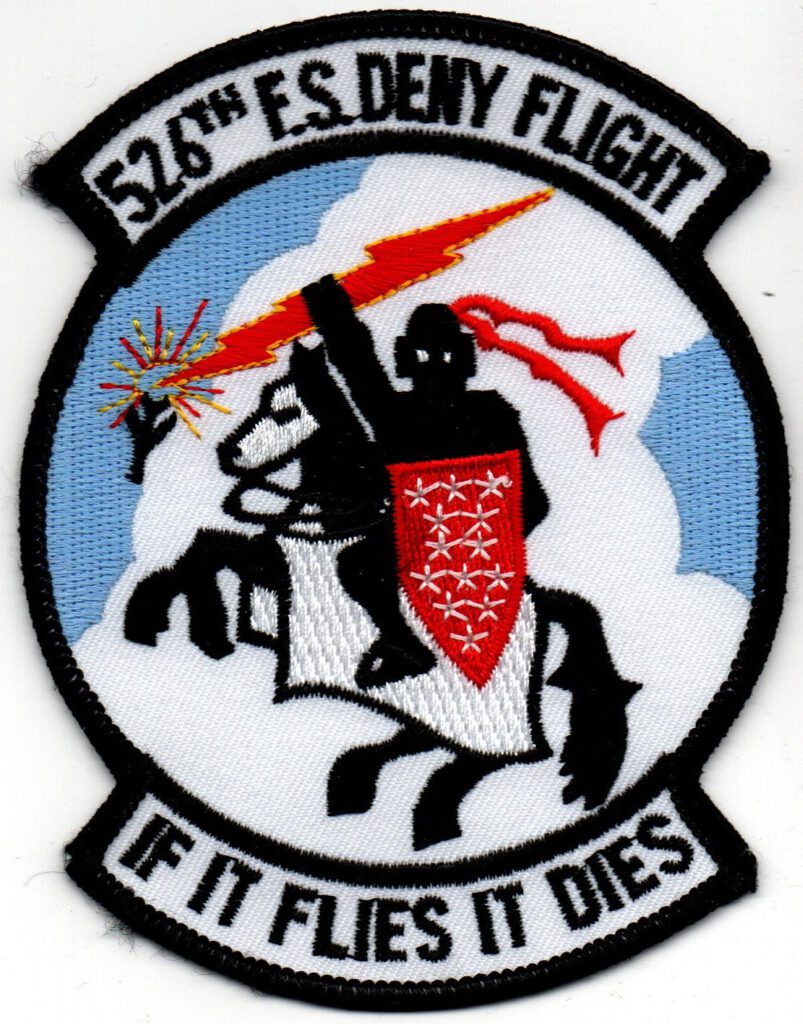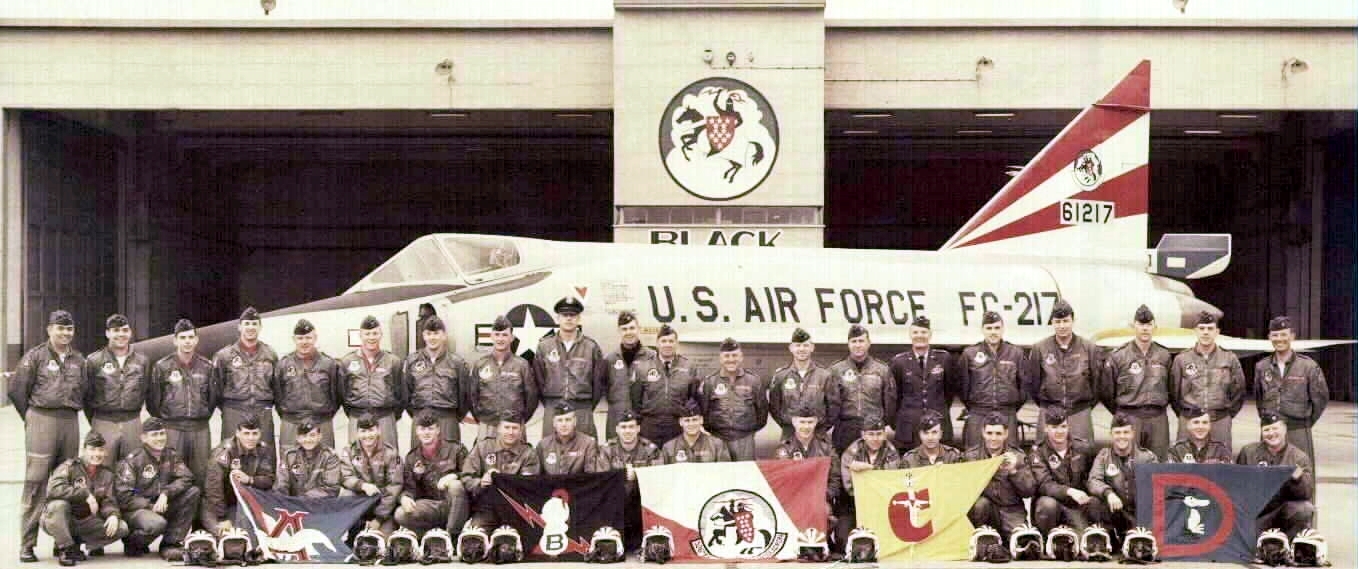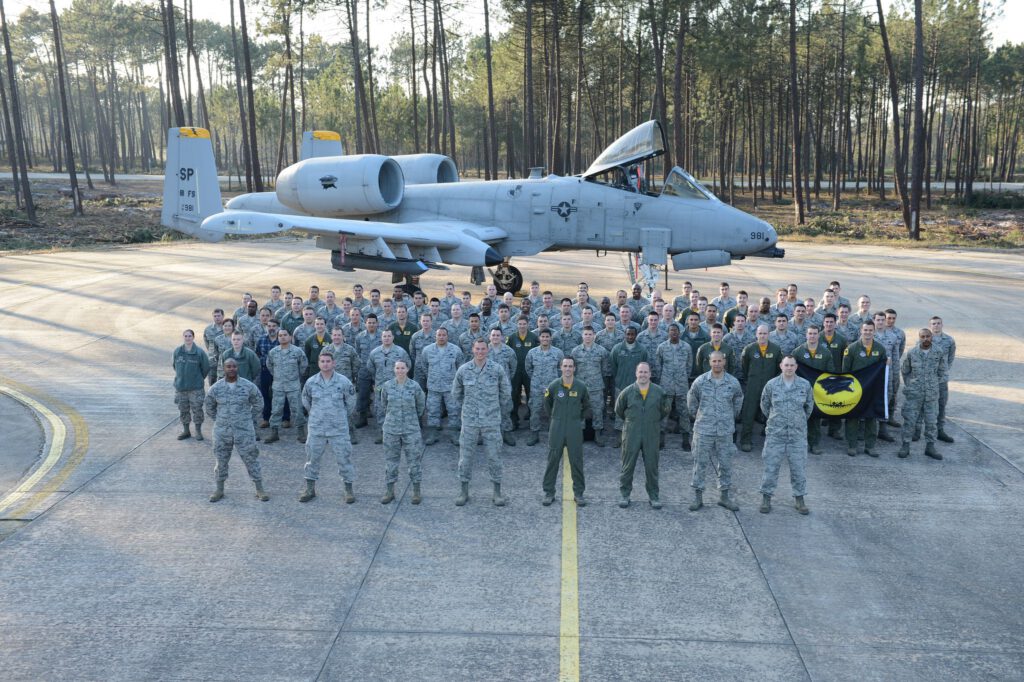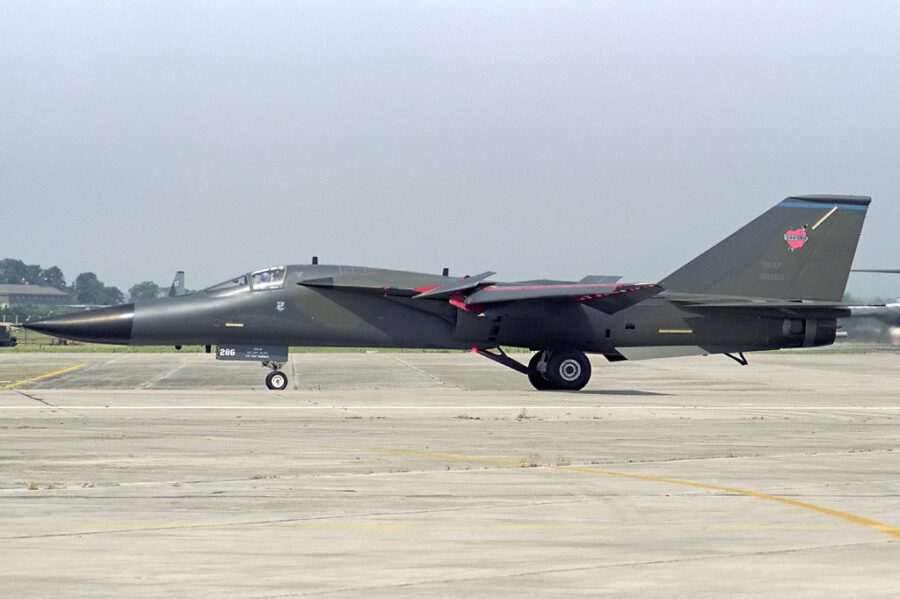The history starting from the Cold War
The squadron was reactivated in the postwar era 20 August 1946 at Nordholz Airbase, Germany equipped with surplus P-47 Thunderbolts from storage depots in Europe. Over the next several years, the squadron underwent several redesignations and several station assignments in occupied Germany. In June 1948, the squadron was moved to Neubiberg Air Base, near Munich when tensions with the Soviet Union culminated in the Berlin Blockade. By 1948, it was obvious that the piston-engine Thunderbolts would be no match for Soviet jet fighters, and in early 1950 the squadron was re-equipped with F-84E Thunderjets for air defense of the Munich area.
With the arrival of the jet age in Europe, USAFE wanted to move its units west of the Rhine River, as its bases in the Munich area were just a few minutes flying time from Soviet MiG-15 bases in Czechoslovakia. The squadron relocated to a new base, located west of the Rhine River near Kaiserslautern, West Germany in 1952. Landstuhl Air Base opened for operations on 5 August 1952, and the 526th Fighter Bomber Squadron arrived on 21 Aug 1952.
In April 1953, the squadron completed its move to Landstuhl and was soon reequipped with the F-86F Sabre Jet, the first unit in USAFE to fly the most modern American fighter. The F-86F had been very successful as both a fighter and fighter bomber in the Korean War, and marked a quantum increase in the Wing’s capabilities.
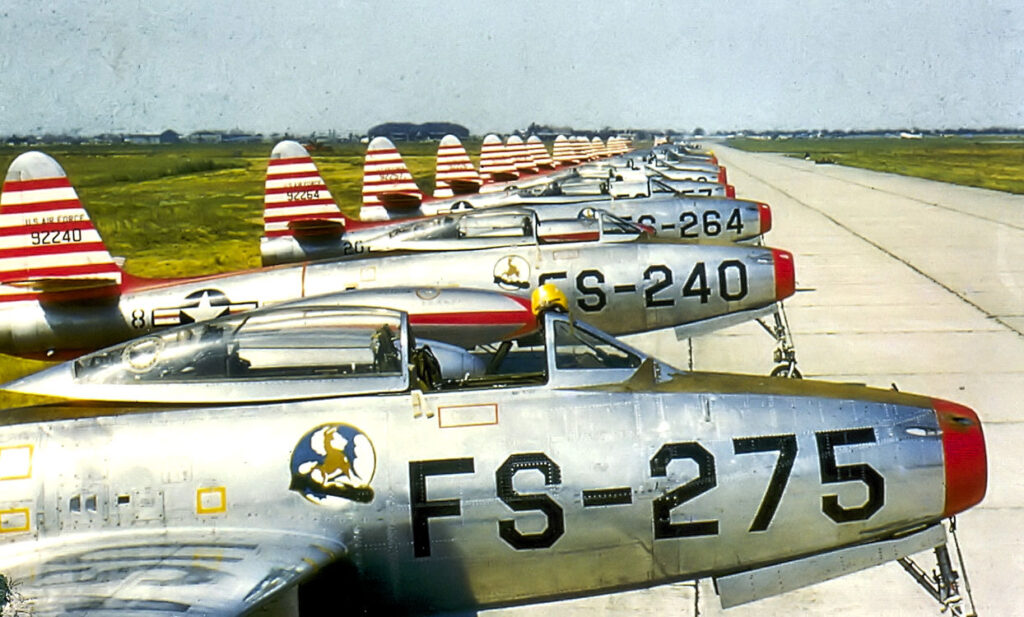
A year later the squadron was redesignated the 526th Fighter-Interceptor Squadron and assumed a new mission of air defense for the central European region. For this mission, the squadron was re-equipped with the rocket-armed F-86D Sabre interceptor which provided an all-weather capability.
Reassigned to the 86th Air Division and oriented for Air Defense of western Europe in 1960. Re-equipped with the F-102 Delta Dagger. On 14 November 1968 the 86th Air Division was inactivated. The 526th was assigned to the new 26th Tactical Reconnaissance Wing at Ramstein which replaced the 86th AD. With the phaseout of the F-102 from Europe, the 526 FIS was redesignated the 526th Tactical Fighter Squadron (TFS) and begun converting to the F-4E fighter aircraft.
As part of operation “Creek Action”, a command-wide effort to realign functions and streamline operations, HQ USAFE transferred the 26th Tactical Reconnaissance Wing from Ramstein Air Base to Zweibrücken Air Base, and the 526th was assigned to the incoming 86th Tactical Fighter Wing from Zweibrücken to Ramstein on 31 January 1973.
Continued to operate the F-4E until upgraded to F-16 Fighting Falcons 1985. Supported numerous military units located in the area and participated in numerous exercises that provided the wing with air combat tactics training essential to their mission.
90’s era
Taking off from Aviano Air Base, Italy, on 28 February 1994, two F-16Cs of the 526th Fighter Squadron shot down four Federal Republic of Yugoslavia Soko J-21 Jastrebs in support of Operation Deny Flight over Banja Luka, one aircraft scoring three victories. This was the first combat engagement in NATO history.
In 1994 the decision was made to change the 86th Wing from a composite wing to a wing devoted to intra-theater airlift, and the 86th Wing began to assume the airlift mission previously held by C-130 Hercules aircraft at the 435th Airlift Wing at Rhein Main Air Base, Germany, which was slated for inactivation. With the influx of C-130 personnel, the 526th FS was inactivated on 1 October 1994, with its aircraft and personnel also being moved to Aviano AB, Italy, being assigned to the 510th and 555th Fighter Squadrons.
526th TFS Black Knights photos
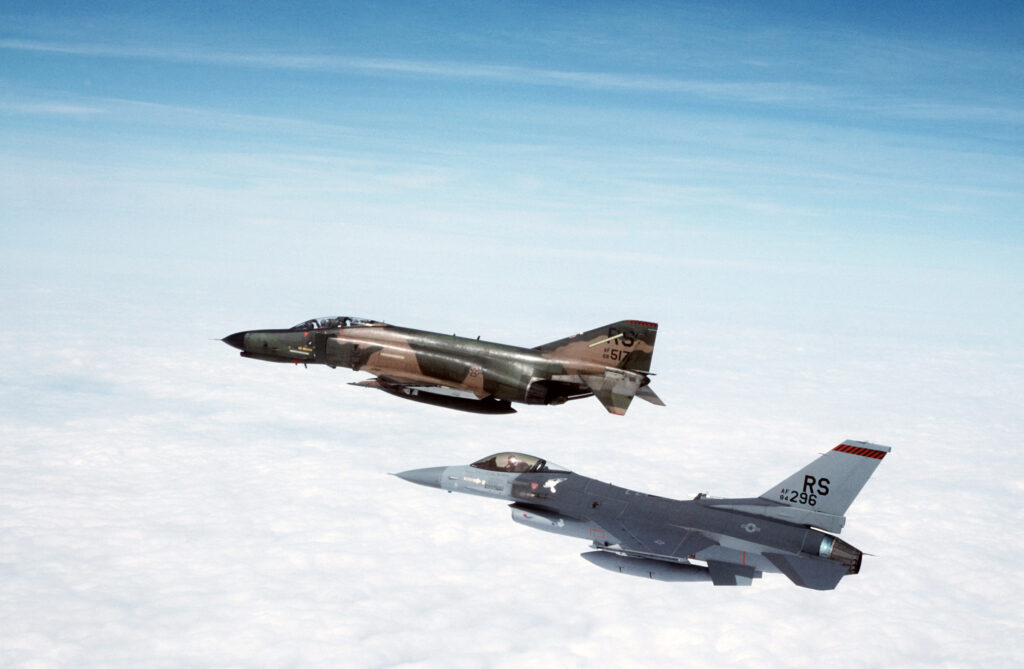
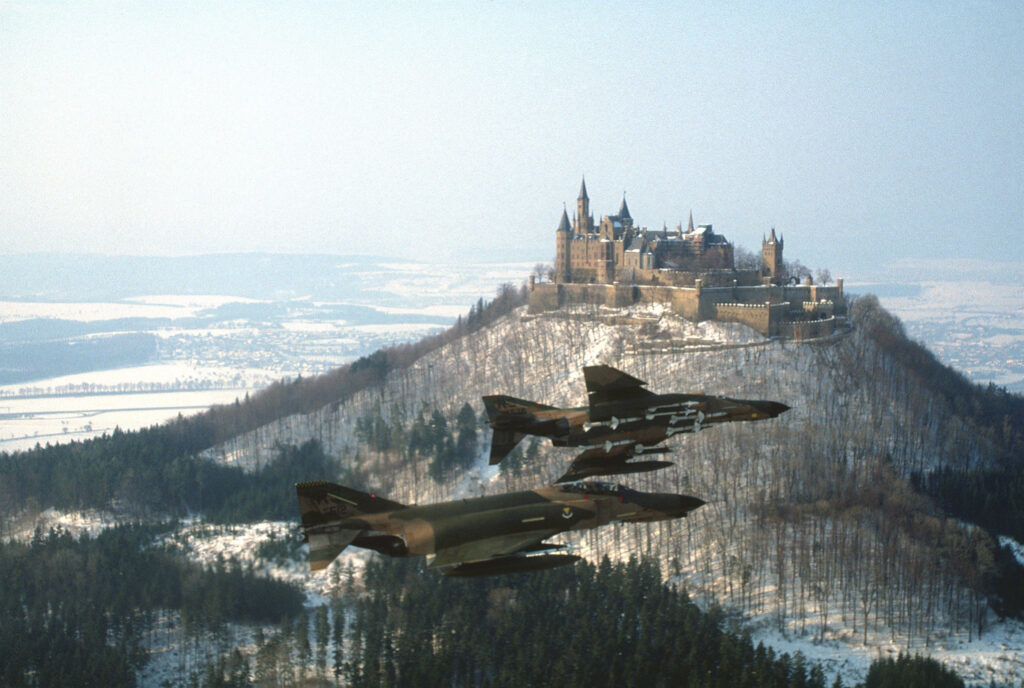
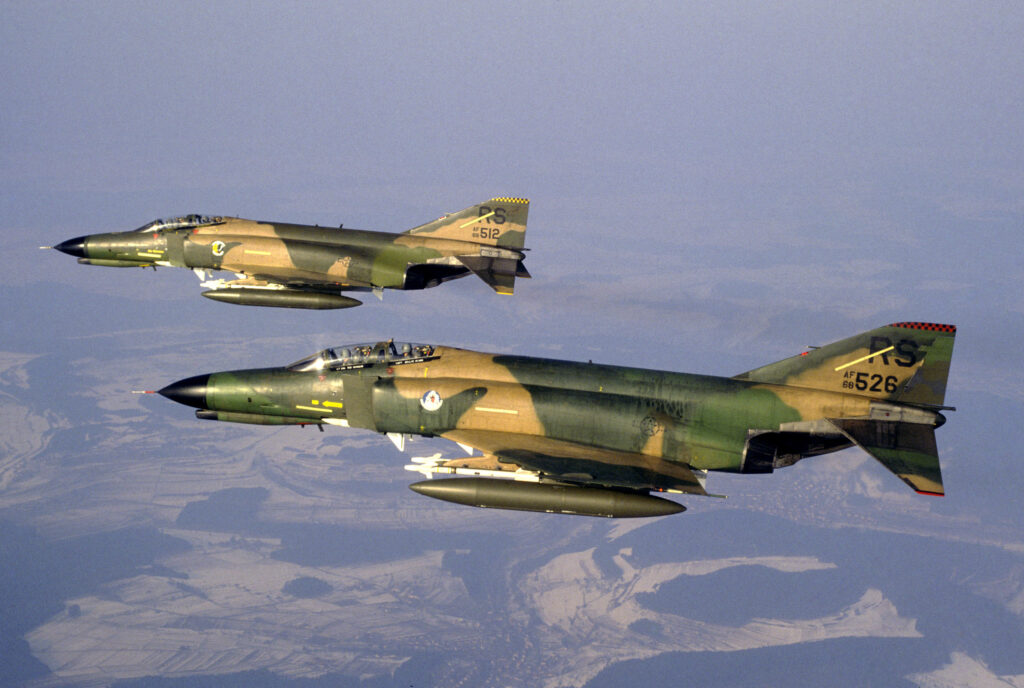

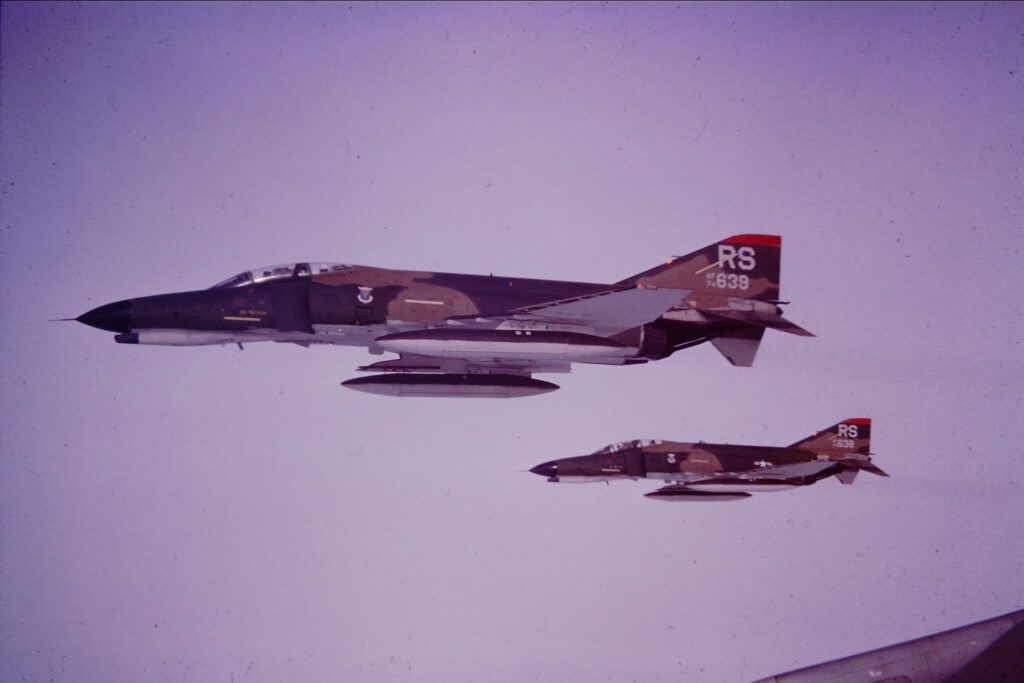
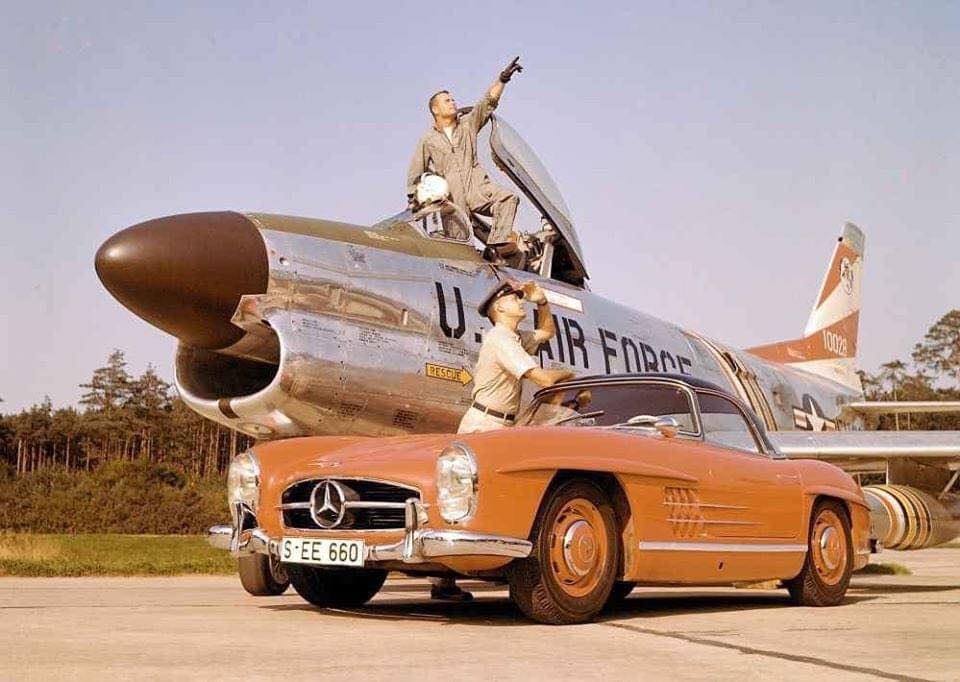
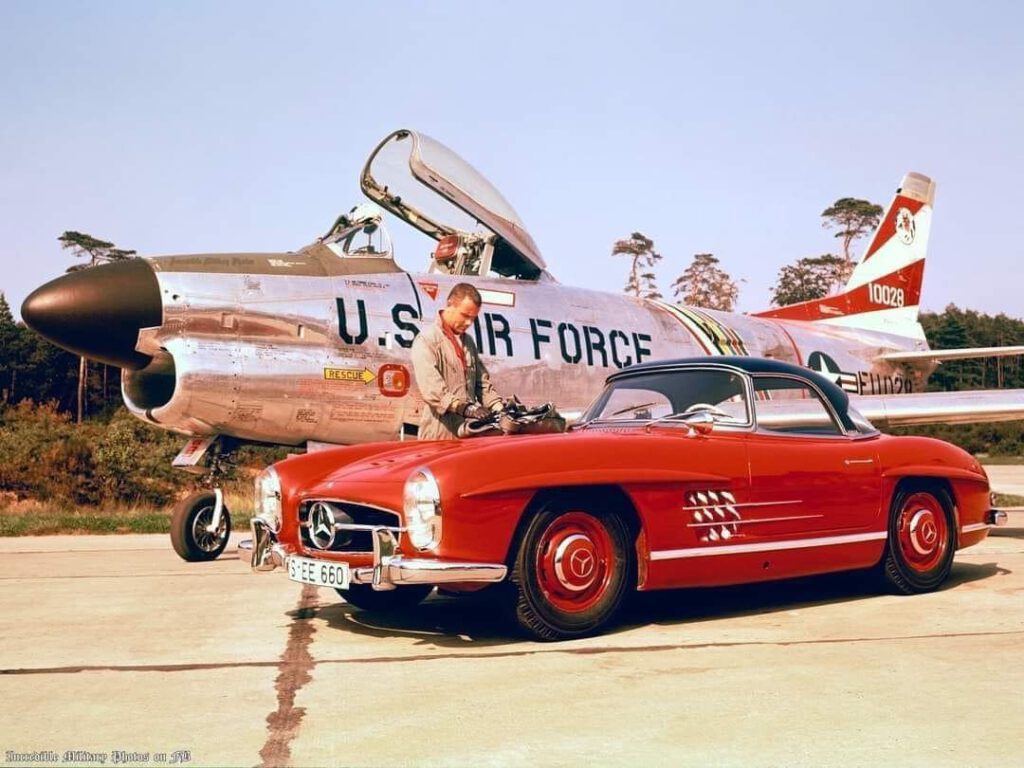
526th TFS Black Knights patches
